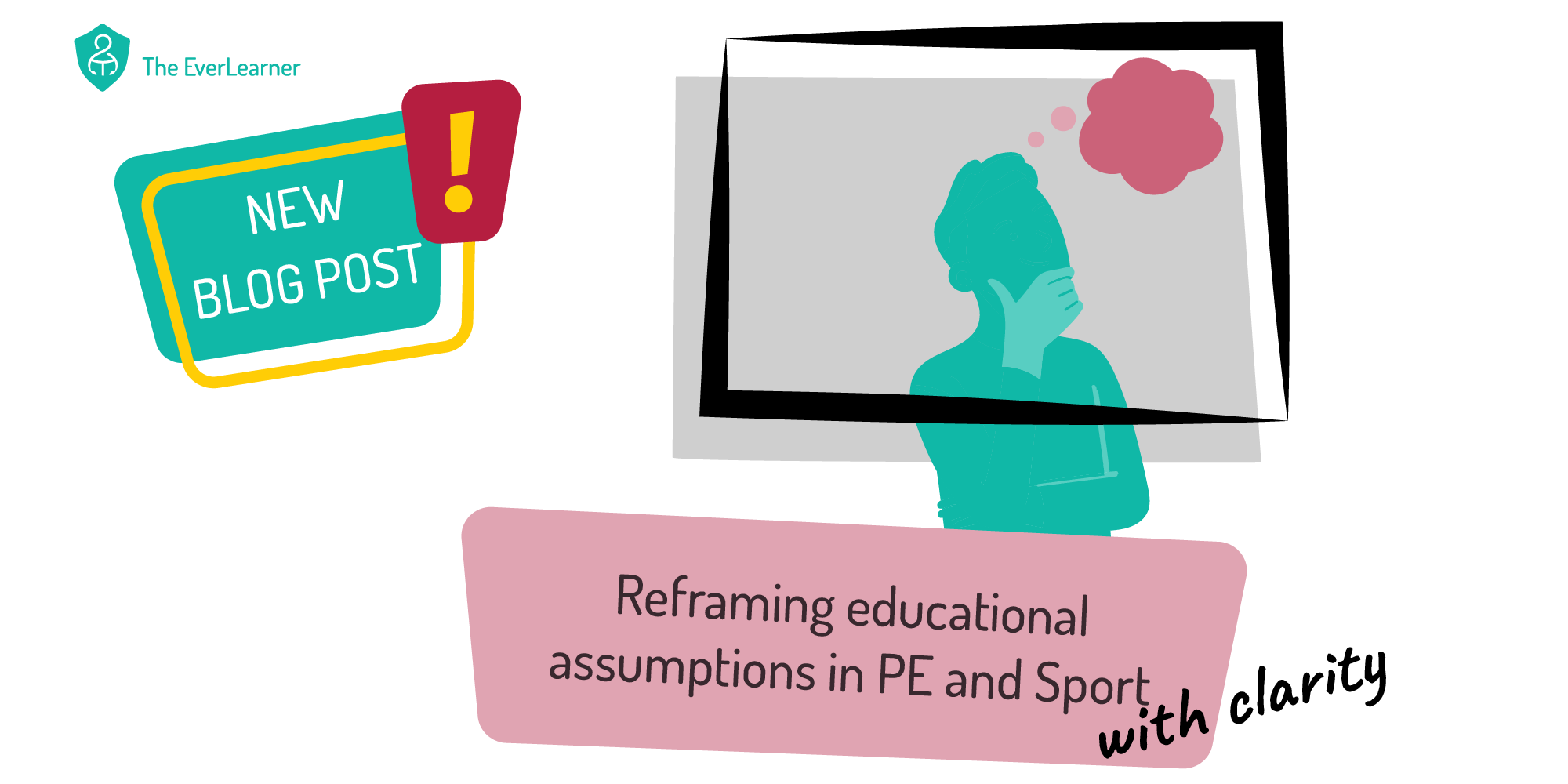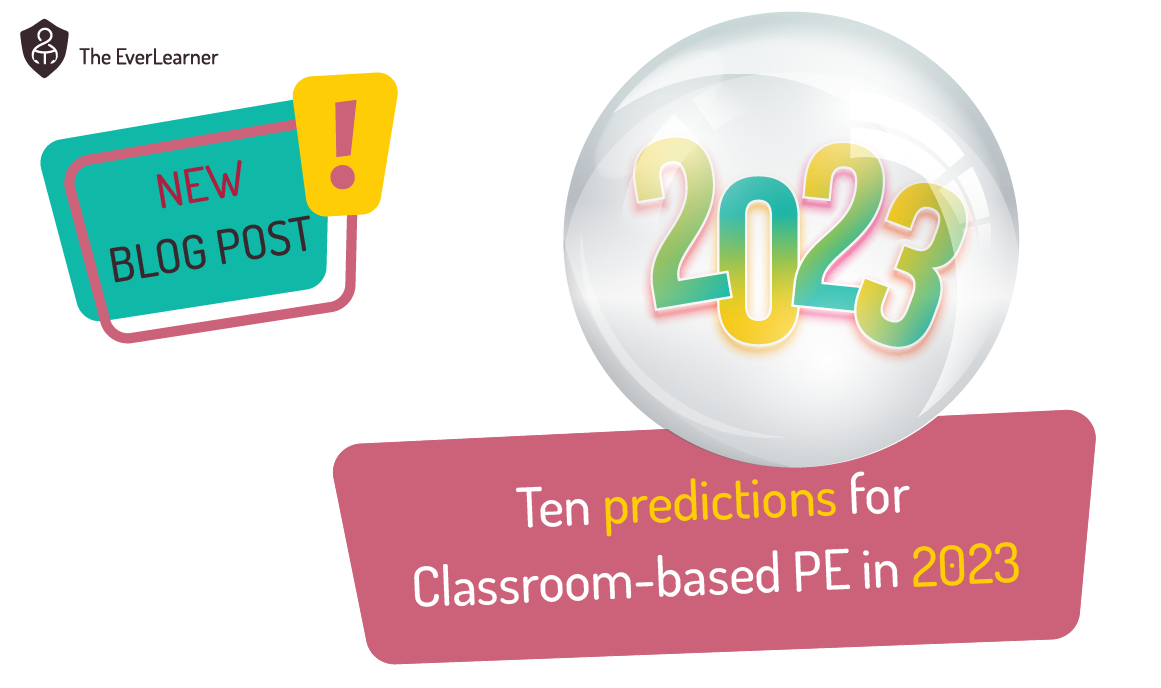Assignment Wizardry! Setting PE Homework and Class work for Impact - Part 2
Setting, managing, reviewing and diagnosing the outcomes of assignments, classwork and homework is a crucial part of a classroom-based PE teacher's role.
In last week’s blog post, I shared my first five tips that PE teachers should be using to ensure that their assignments are effective, followed by a LIVE webinar on YouTube in which I expanded on these (the webinar is available on catch-up here). Below, I want to share a further five tips. My assumption is that the readers of this post will be customers of my PE platform, TheEverLearner.com but, even if you are not, these principles are critical. If you wish to find out more about my work, please contact me here or take a free trial here.
So, here are the first five of 10 tips about how to set assignments to PE students.
10 top assignment tips
- Establish a pattern.
- Make assignment descriptions hyper-accurate.
- Interleave old and new learning with structure.
- Test for mastery.
- Keep assignments “skinny”.
In this post:
- Examine for skills, not just content.
- Use hard deadlines.
- Reassign when you need to.
- Set in-class tasks.
- Blend homework and classwork together.
Top assignment tip #6: Examine skills, not just content.
Practice exams, past paper questions and peer or self-marking and the use of diagnostics for content are typical experiences for most PE teachers. We teach a lesson (aerobic and anaerobic energy, say) and we set the students past-paper questions (on aerobic and anaerobic energy). This seems sensible, right? But what is our aim when we conduct an assignment like this? As far as I can tell, we are challenging or measuring what the student has just learned. They have just learned the information on energy and now we are measuring whether they know the new material. This is a mistake or a false assumption about what good learning looks like.
Rather than doing this, we should consider two alternatives models, both of which can be used in conjunction:
- Set past-paper questions that challenge the new material and older material combined. This was covered in part 1 (tip #3).
- Set past-paper questions that challenge specific skills with the new material.
So, let’s assume we are teaching aerobic and anaerobic energy for AQA GCSE PE. In order to achieve option 2, I need to have awareness of how aerobic and anaerobic energy is examined by AQA. Take a look below:
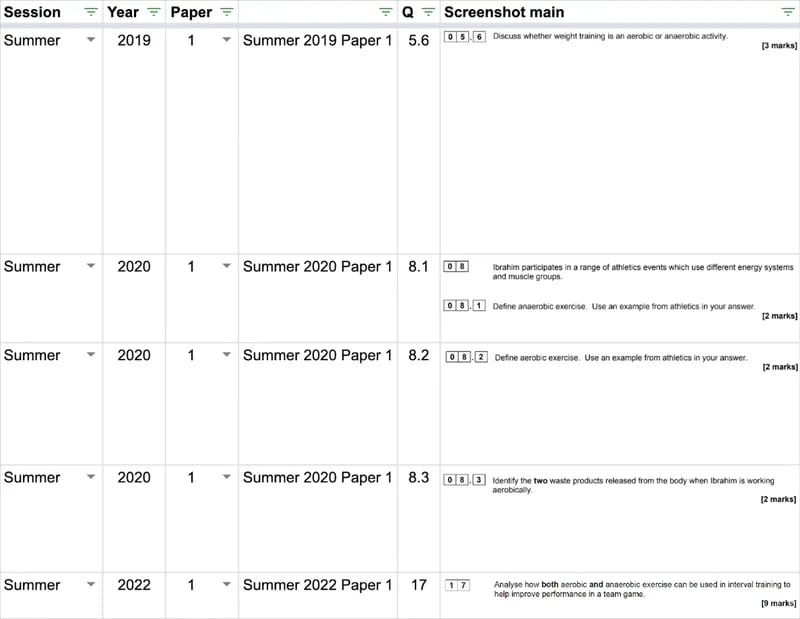
These are the exact mechanisms by which this topic has been examined in recent years. For many teachers this search will be the basis of their assignment. They will set these questions.
But take a look below as, perhaps, it is the most important information:
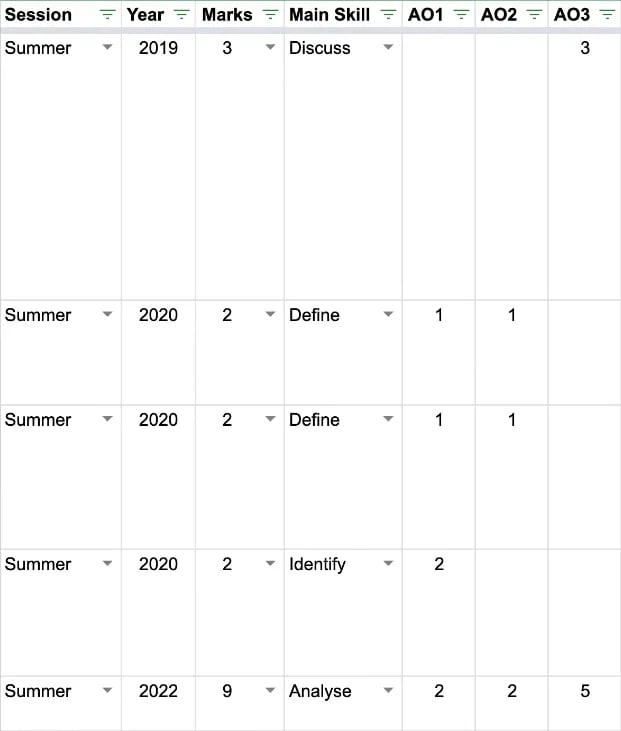
It is abundantly clear that in my teaching and assessing of this topic, we need to use AO1, AO2 and AO3 commands and, crucially, students need to be able to both analyse and evaluate (different skills) this topic. Once I know this, the method by which I instruct the lesson as well as use practice questions becomes very apparent. My job is to ensure that the students can use a knowledge of aerobic and anaerobic energy in a range of ways. Therefore, I may make an exam similar to this:
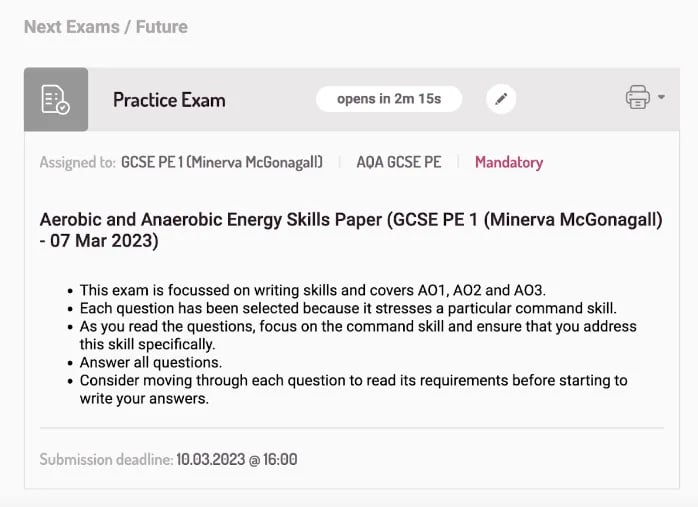
Notice from this paper that I am stressing the exact skills required from past papers but, crucially, I am also projecting that a command such as “Explain” is relevant for my students.
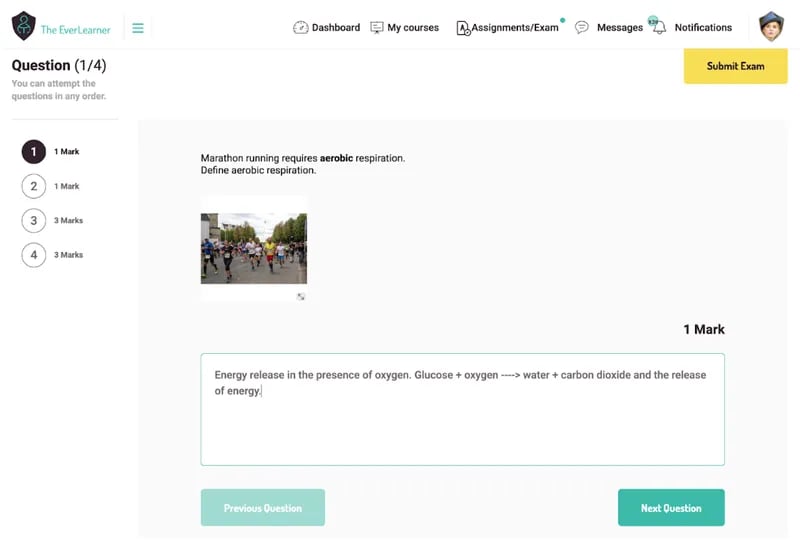
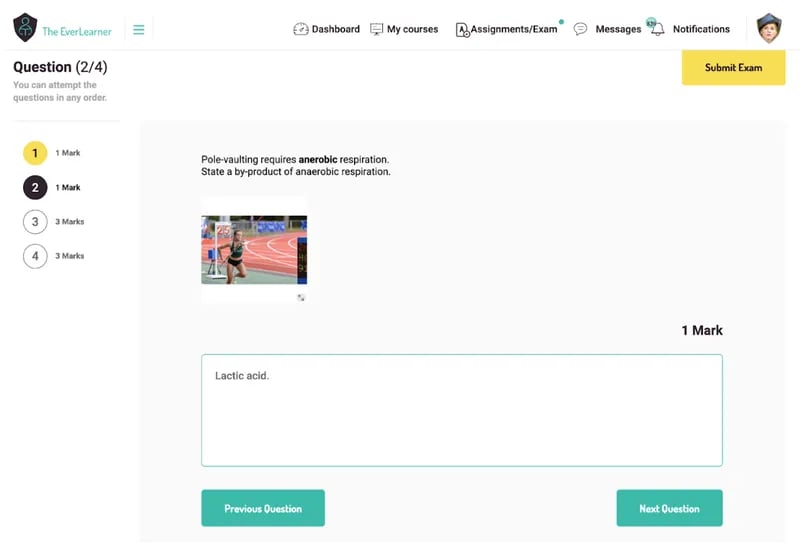
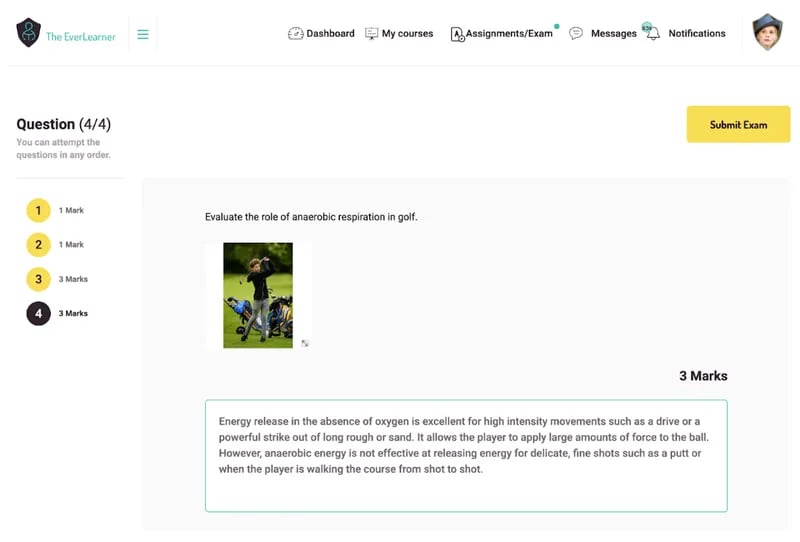
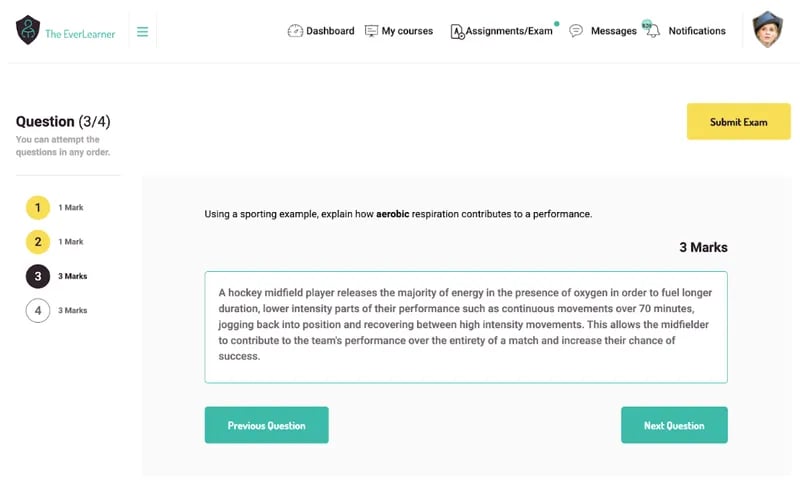
However, this assignment has one major weakness: it only applies challenge towards the energy topic. The assignment would have been more effective at causing longer-term retrieval of this knowledge and skills if other, older topics had been interleaved using the same skills.
Top assignment tip #7: Use hard deadlines.
I may be about to become unpopular: I do not accept a student’s need to miss or extend a deadline. 😱 Let me explain myself: in my classroom, assignment protocols are agreed with the group. As you will have seen from top tip #1, I set a pattern of tasks and stick to it. Therefore, students are able to meet the needs of those tasks without fail. I set “skinny” assignments with very clear and fair and agreed deadlines and students meet them. That’s it really.
“So, James, what happens if a student is ill?” Good question! Students do get ill but a week-long illness that utterly prevents learning is extremely rare. Therefore, in the vast majority of cases, the deadline remains hard. If a student is legitimately pole-axed, such as week-long asthma hospitalisation, say, then, of course, I show total compassion, visit them with grapes and magazines and help them to catch up once better. But, in the general run of things, deadlines are hard.
Let’s say that a student tells me this: “Sir, I was going to do it last night (the night before deadline) but I was poorly.” Here, I hold a hard deadline position. I have given the task a full week and the student had every opportunity to complete it.
To me, this is standard-setting in a classroom and I make no apologies for it. It is the basic requirement of every class and every learner. I never apply this method brutally or cruelly but, rather, with clarity, consistency and transparency of why the sanction has been brought about.
FYI: I am not a user of detentions unless school policy enforces it. I find detention to be a very, very blunt tool and, in my experience, it tends to not to change learning behaviours. It may be effective at making students more compliant but this is not the aim of the sanctions I apply. I apply sanctions, when necessary, to provoke learning behaviours. I intend to blog on this specific point in the coming weeks with a post currently titled “The Behaviour Springboard”.
Top assignment tip #8: Reassign when you need to.
Now let me undo all of my last point. Sometimes assignments need to be reassigned. Here is why:
- A student has been genuinely incapacitated and needs the opportunity to complete the tasks later (very rare).
- A student has tried hard on a task but has missed the “passing standard”. Once scaffolded, the task can be reassigned to them.
- A student has completed an assessment and their diagnostic suggests they need to return to previous learning in one area or another.
- A teacher wishes to set the same task multiple weeks in a row.
It is for these reasons that teachers are welcome to reassign tasks quickly and easily on TheEverLearner.com:

All assignments have the option to reassign.

Here I am reassigning the task to all but one student, Fleur.
Reassigning tasks has the added benefits of causing the spacing effect but, crucially, also enabling students to undertake repeated practice and review over time. The research on this is clear: practice and review over time (sometimes known as reactivation), reduces the pace of forgetting. You can learn more about practice and retrieval on this webinar I recorded a couple of years ago.
Top assignment tip #9: Set in-class, online tasks.
I think about the “When” question with regards to assignments a great deal. In my mind, there are three answers to the question of when assignments should be completed by students:
- Before a lesson, such as flipped learning or pre-loading knowledge.
- During a lesson, such as a class task or timely assessment. This could also be the case for a cover lesson.
- After a lesson, to cause the students to engage with practice and review over time.
I have written extensively about assigning tasks for students to complete before and after a lesson but let’s take a moment to consider setting an assignment for it to be completed during a lesson. I argue that the following are all valid reasons to set a classroom-based online task:
- It is a cover lesson and you want the cover supervisor to be able to set the highest-impact tasks, all of which are reported to the teacher in real-time despite their absence.
- It is a challenging time in the week, such as first thing Monday or last thing Friday.
- The teacher wants to work one-to-one with a student or students whilst the majority of the class studies. For example, the teacher may be engaging with target-setting or review meetings.
- The teacher recognises the power of instantaneous feedback and makes this part of the lesson experience.
- The teacher is operating a blended-learning environment.
- The teacher wishes to engage the class in a summative assessment or data extraction.
In all cases, online assigned tasks can be beneficial. However, I wonder how many teachers might read this and worry that, despite the positive impact, students either don’t have device availability or may not be trusted with devices. This is a common response that I receive. If you feel this way, I would argue that change is needed. The thing is, online resources are potent. An excellent example is the immediacy of feedback. If we do not engage with these opportunities, we restrict our students from the full progress they could make.
Top assignment tip #10: Blend homework and classwork together.
Okay, I’m going to drop a bombshell: I do not set homework. Neither do I set class work. 😱 Rather, I set minimum expectations for all students in a unit of time including lesson time and expect students to meet these standards. If a student is working hard but falling short, I help them.
So what does this look like?
There are two features to this methodology and I will use two different examples to emphasise them. Firstly, look at my yearly plan for Edexcel GCSE PE:
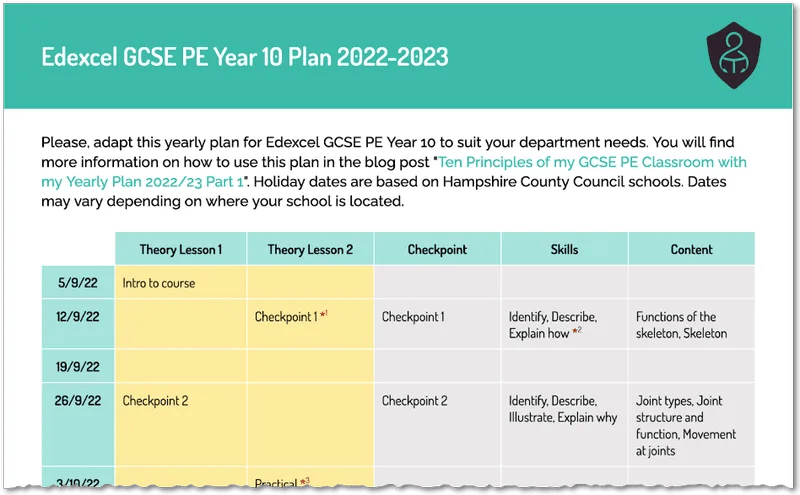
You will notice that the plan is broken into two-week blocks and that every block incorporates a set of skill and knowledge foci that the group will work towards. These are based on the specification detail but also the analysis of previous exams and assessments.
Beyond this, students work towards specific standards and meet a series of mastery tasks in order to prepare them for the “Checkpoint”. A checkpoint is not necessarily a checkpoint on the website. It could be a short exam or an end-of-unit test. Regardless, students need to be fully prepared to achieve this assessment by completing their mastery targets.
So, what are the targets? Let’s take an example of A-level PE Biomechanics from an equivalent two-week block. Please be aware that this group would have three lessons during the week:
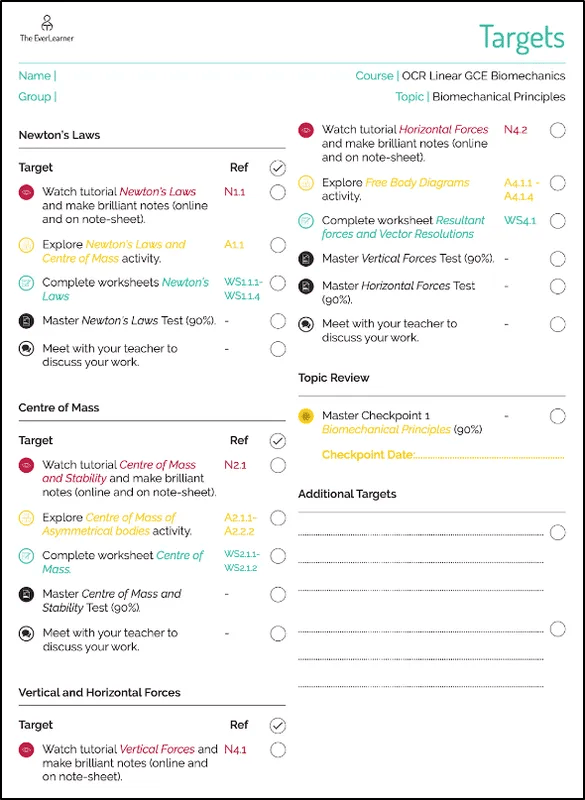
Students complete these tasks at the required standard and all of the tasks are geared towards the exact knowledge and skill requirements set out in the yearly plan.
Students can then progress through the tasks at varying paces, spending longer or shorter on items where they need to but always maintaining that they will reach the checkpoint with full knowledge and skill as a minimum. In this way, class work is homework and homework is class work. Rather, there is challenging and robust learning to do and students are expected to use their lesson and non-lesson time to achieve this learning.
Thank you for reading. If you have a question or suggestion, please post it below. I always answer. 🙂
%20Text%20(Violet).png)

